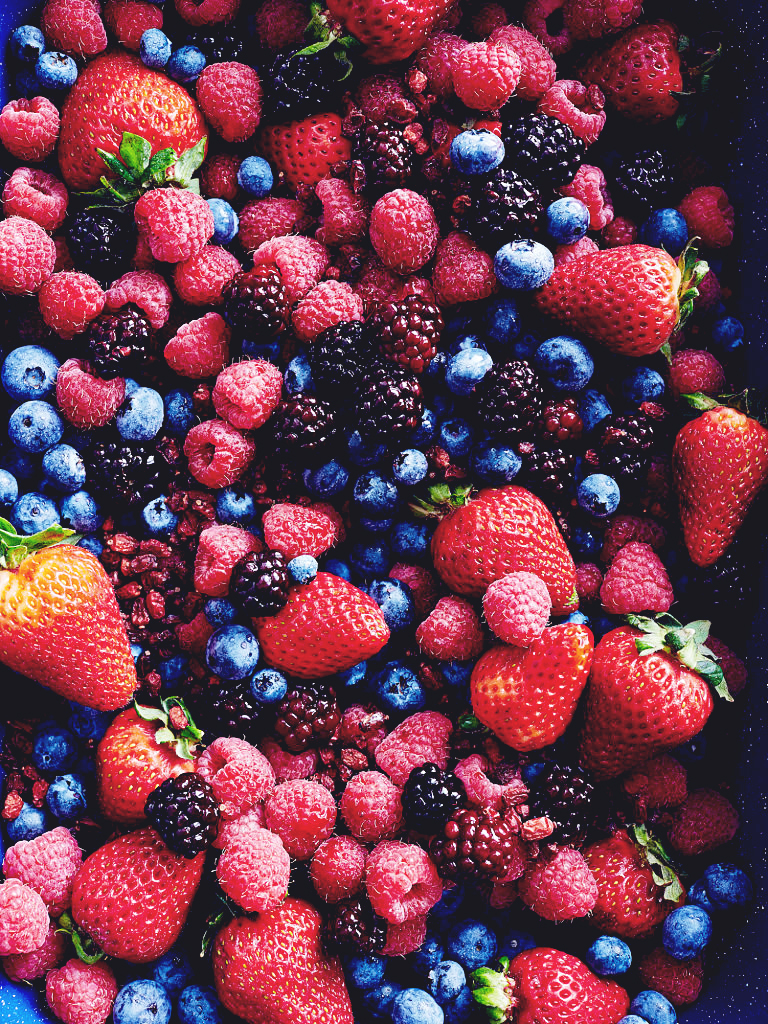
Cardiovascular Support (Part 2)
In Part I of this series. we looked at high blood pressure—some of the cause (stress) as well as herbal support through the use of “nervines”, or herbs to help relax and/or strengthen the nervous system. Now, we will take a look at another cause of high blood pressure—namely the build up of plaque in the arteries.
Having consistently high blood pressure and reduced arterial blood flow due to a diminished size of an artery is very dangerous. But how did our arteries get that way and how can we support them so they stay, “clean and supple”?
When we are under stress, our blood starts pumping hard to make sure that nutrients get to where they need to be. But constant pressure on our arteries can make them weak and causes tiny tears in them. These little tears are now able to catch pieces of lipids (triglycerides, very low density, lipids, etc.). Once our body senses something foreign in the blood stream, it sends out its army of macrophages to clean up the site. These macrophages basically “bury the body” by wrapping the lipid in a foam cell. So now the artery is nice and smooth again, but—there is now a slight bump in the artery where the foam cells ‘hid’ the fat particle. If parts of these clumps called ‘plaque’ break off, real problems like heart attacks, strokes or pulmonary embolisms, can occur. In addition, our arteries can become stiffer as a protective response to the constant pounding of our (raised) blood pressure. Over time, if they are hard enough, the body actually thinks that our arteries are bones, and so it tries to build them up with calcium (called calcification) which is yet another problem.
What can we do?
Eating healthy is our first line of defense. You wouldn’t think of putting cheap oil in your new Mercedes, right? So, why clog your body’s engine with junk food?. Fresh fruits and vegetables are so important! If we want to support the structure of our vessels, (arterial and venous sides), with herbs, we should first look to those that are high in Vitamin C as vitamin C is the basis of skin, collagen, etc. We can also take herbs that are high in anti-oxidants to scavenger free radicals. Several herbs that come to mind are the following:
amla, ( Phyllanthus emblica, Emblica officinalis), hibiscus (Hibiscus sabdariffa), bilberry (Vaccininum myrtillus).
Amla. The amla berry has been documented in Ayurvedic medicine dating 5000 years ago. It was thought that the fruit was not only a good liver stimulant, but that it had healing properties as well. Amla’s taste is sour and yet very refreshing. According to Linda Treadway, writing for The American Botanical Council, “The gelatinous plum-sized amla fruit contains between 700 and 1,000 mg of heat-stable vitamin C. Experiments conducted on patients with pulmonary tuberculosis showed that the natural vitamin C contained in the amla berry was more quickly assimilated than synthetic vitamin C; a finding that “certain unknown factors in the fruit may be responsible for this advantage.” (HerbalGram. 1994; 31:26 American Botanical Council, AMLA Traditional FOOD and MEDICINE, by Linda Treadway). Amla is also one of three herbs in the ancient Ayurvedic herbal remedy called “Triphala” or ‘three fruits’, which was created long ago to support the lower digestive system.
Hibiscus. Cheryl McCutchan, PhD, writing for HerbClip, (American Botanical Council), 3-31-15, has this to say about hibiscus: “The calyces, leaves, and seeds of hibiscus are rich in vitamins and minerals. Calyces contain vitamin C, β-carotene, calcium, and iron. The leaves also contain high levels of iron and β-carotene and, in addition, thiamine, riboflavin, and ascorbic acid. Hibiscus seeds are rich in fat and protein and also in numerous minerals, including potassium, calcium, and magnesium. In addition, hibiscus calyces contain a large number of bioactive compounds that include organic acids, anthocyanins, polysaccharides, and flavonoids.” Hibiscus, like amla, is a bit tart and very refreshing when drunk cold. And when the blossoms are used in tea, it turns the tea bright red.
Bilberry. Bilberry (related to the blueberry) has been shown to be have anti-oxidant properties and act as a venous tonic, i.e., it has a connective tissue stabilizing effect. According to James Snow, professor at MUIH, billberry has also been shown to be anti-edematous (lowers swelling) by decreasing capillary fragility. The key constituents are: polyphenols, flavonoids, oligomeric procyanidins (OPCs) anthrocyanins (the purple color). Of course blueberries taste much better so eating a cup of blueberries a day would be a great start to keeping all the cells of your body healthy.
In Part 3, we will look at herbs that can help repair the structure of our cells, which will can help to repair damage to our arteries (and other tissues of the body). We will look at: plantain (Plantago major, lanceolata), calendula (Calendula officinalis) and gotu kola (Centella asiatica), horse chestnut (Aesculus hippocastanum) and witch haze (Hamamelis virginiana).
In Part 4 will we will look at herbs that can support the body in helping it to lower heat (inflammation), and keeping the blood flowing by keeping our sugar intake and lipids in check.
Wrapping up in Part 5, we will talk about herbs that directly support the heart, itself.
By the way, all herbs can be purchased at Mountain Rose Herbs. www.mountainroseherbs.com.

